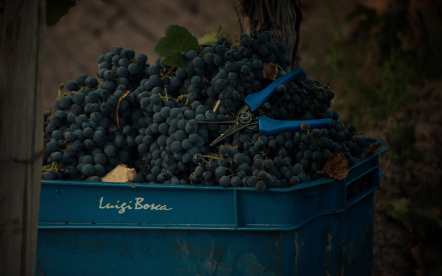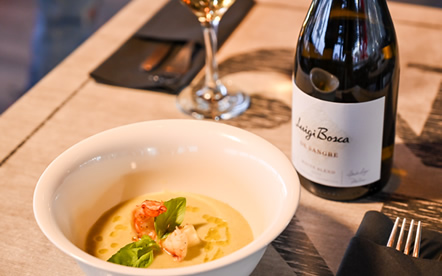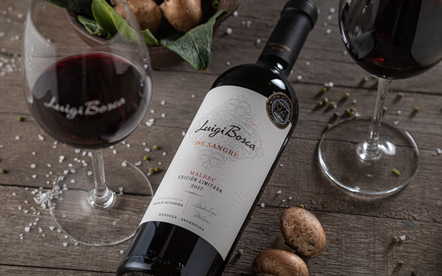
The proper temperature for each wine style
At the moment of tasting a wine, the serving temperature is as important as drinking it on the proper glass or pairing it with a suitable dish. So much so that temperature may strengthen or completely ruin our perception of a red, white, rosé or sparkling wine.
Generally speaking, the higher the temperature at which a wine is served, the more intensely will primary aromas (fruit-related ones) and alcohol be felt. Therefore, the wine will be perceived broader and greedier. On the other hand, when temperature is lower, aromas are less volatile, flavours become smoother, tannins stand out, and astringency increases.
Thus, temperature directly influences tasting and the way in which our senses identify each wine style’s attributes.
Red wines
Throughout the winemaking process, reds are fermented with the grapes’ pomace and seeds, so the compounds known as tannins (present in the peel and seeds) are conveyed to the wine. Besides, the wines that are aged in oak barrels are also made up of additional wood-sourced tannins.
If red wines are tasted excessively cold, tannins will be perceived very bitter, so this type of wines –regardless their grapevine or style– are drank less cold than white, rosé and sparkling ones. Young reds must be served at a temperature ranging from 14 to 15 °C, whereas the temperature for stowage wines should be between 16-18 °C, and that of sweet or fortified ones should be 18-19 °C.
White wines
Unlike red wines, whites are made with no pomace or skin. Therefore, these are lighter, fresher, and more aromatic wines, with no tannins. However, great distinctions can be observed within the universe of white wines too: light and fruit-at-core ones are drank colder (between 7-9 °C) than late harvest ones (8-10 °C), medium-bodied ones (9-10 °C) and complex and unctuous wines aged in oak barrels (9-11 °C).
Rosé wines
A rosé is, in essence, a red wine with little maceration, hence its so characteristic soft pink colour. During that short period of time in which the grape juice is in contact with the pomace, tannins in rosé wines are almost non-existent. As a consequence, these should be served at a higher temperature than light whites, but far cooler than young reds. Its ideal serving temperature ranges from 8 to 10 °C.
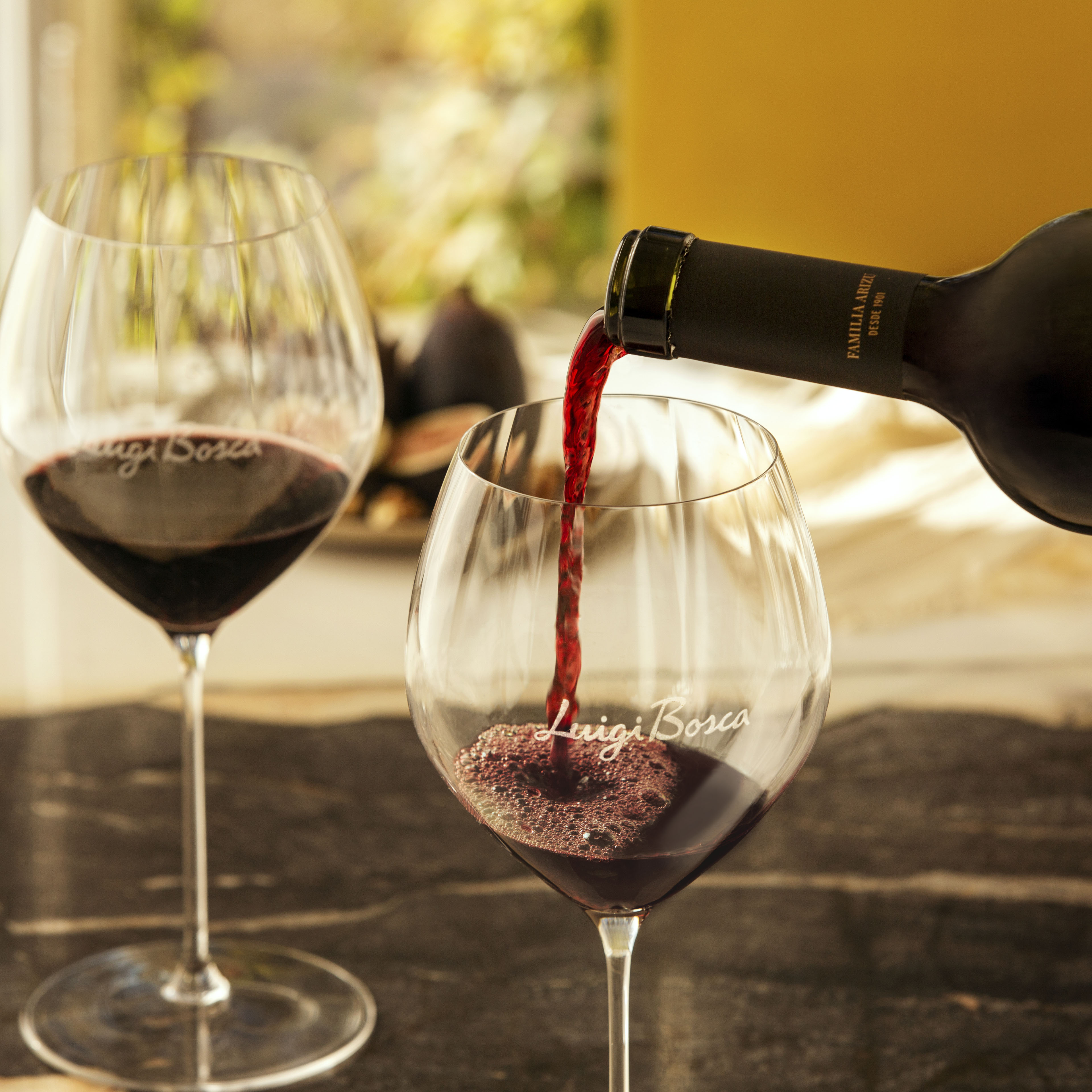
If wine is served at a higher temperature than the recommended one, the easiest and safest way of cooling it would be submerging it in an ice bucket with water, ice and salt for some minutes, as the latter is a conductor of temperature
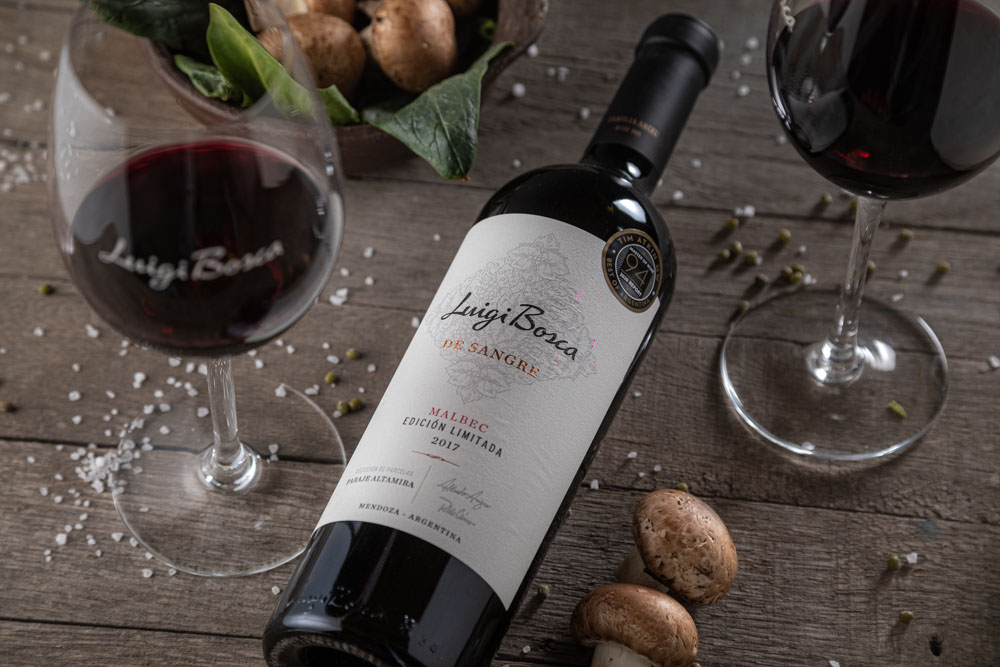
Sparkling wines
These wines should be served chilled, but never frozen (from 6 to 8 °C). If drank at a temperature lower than 6 °C, its aromas will be totally overshadowed, whereas a temperature higher than 8 °C will allow us to only perceive the typical notes of fermentation, which are less fruit-at-core and also not so elegant.
Tips to change the wine temperature
To cool it: If wine is served at a higher temperature than the recommended one, the easiest and safest way of cooling it would be submerging it in an ice bucket with water, ice and salt for some minutes, as the latter is a conductor of temperature. No matter how impatient we are, wines must never be cooled in the freezer.
For its temperature to rise: If the wine is too cold, the best option would be to pour a glass and take the goblet with your own hands for some minutes; this way, your body temperature will be conveyed to the beverage through your palms.
